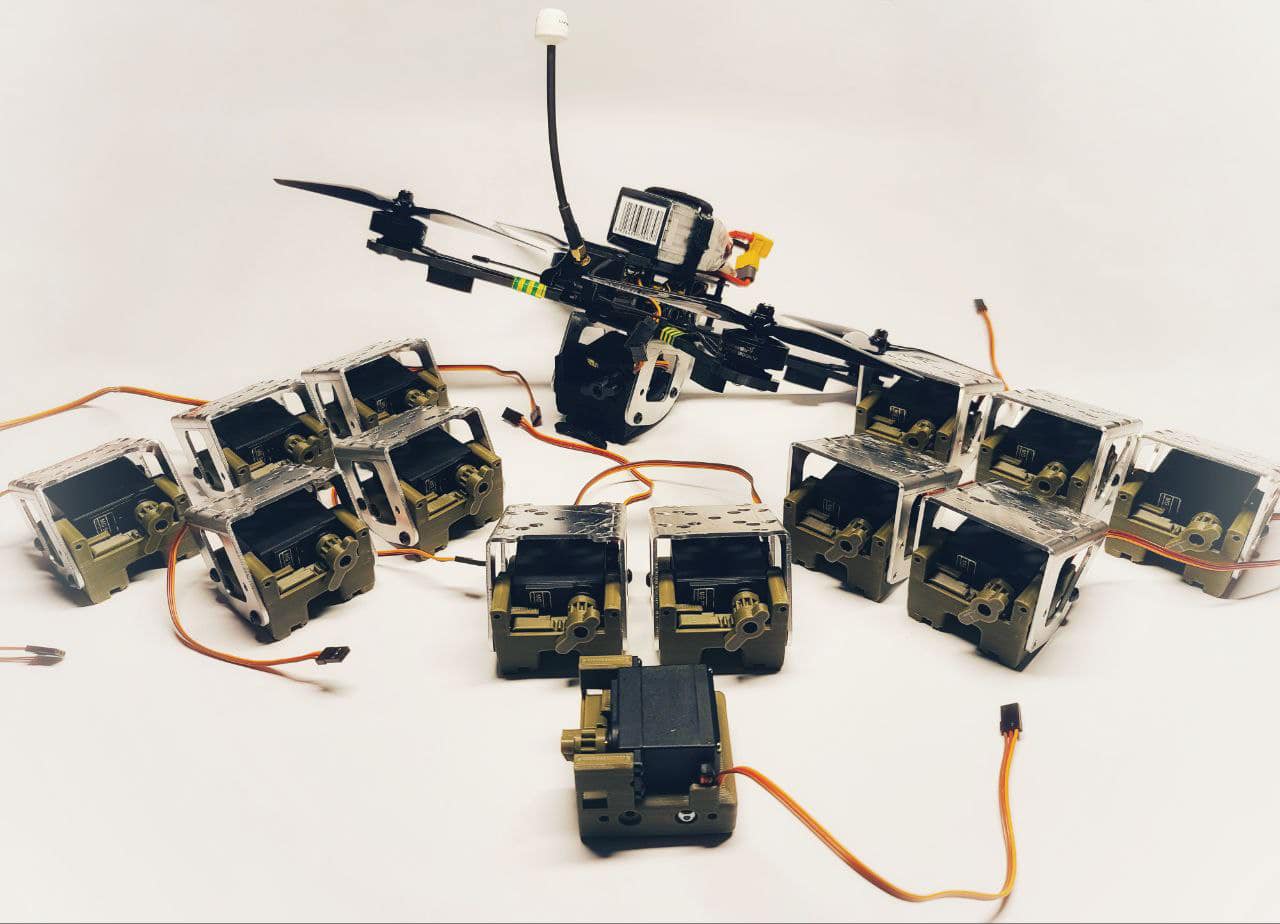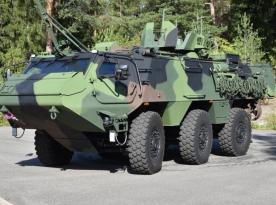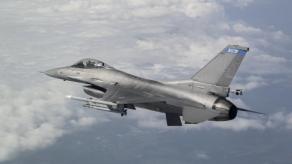Practice of using drones for delivering explosives has been brought to a new level thanks to the developments of Ukrainian amateur specialists and volunteer communities.
The Steel Hornets community specialized in producing air-droppable drone munitions, grab-and-drop systems and first-person-view drones for Ukrainian soldiers, has presented the results of testing their new project, the shrapnel munition. The weight is 800 grams, shell diameter is 63mm, impact fuze.
Read more: The Ukrainian FPV Drones Destroy Russian Vehicles On The Move (Videos)
Such munitions are intended for use against russian manpower. Usually, each one is filled with simple round bullets a few millimeters in diameter, more modern rounds use flechettes – small arrow-shaped projectiles that have an increased dispersal range.
However, in this case, it's not only the munitions that is interesting but the tactics of application as well. As we can see in the video, the shell is dropped when the drone is diving: this motion provides for the most accurate strike, as the shell gets acceleration from the carrier, the distance to the target is minimal and aiming is simpler that way, too.
Furthermore, the FPV-drone also becomes a multiple-use carrier, not a flying one-way munition or a single-use delivery rotorcraft. This means a new step in the evolution of configurationally relatively simple quadcopters which follows the footsteps of combat aviation.

And the next step, apparently, would be the development of a mid-air detonation mechanism that would drastically increase the power of the munition, or upgrade to the shell's filling, or software enabling the drone to automatically end the dive motion after the shell was dropped.
Roughly speaking, this would be similar to the path walked by the famous German Ju 87 Stuka or Soviet Pe-2, with the difference being that the aircraft would be unmanned and very cheap in comparison.
Read more: How Realistic Are 50-100 Thousand FPV Kamikaze Drones For Ukraine, And Why It Is Important




![Shrapnel drone munition made by Steel Hornets [Сталеві Шершні] community / Photo credit: Steel Hornets](/media/illustration/articles/2f26435527b91500.jpg)









